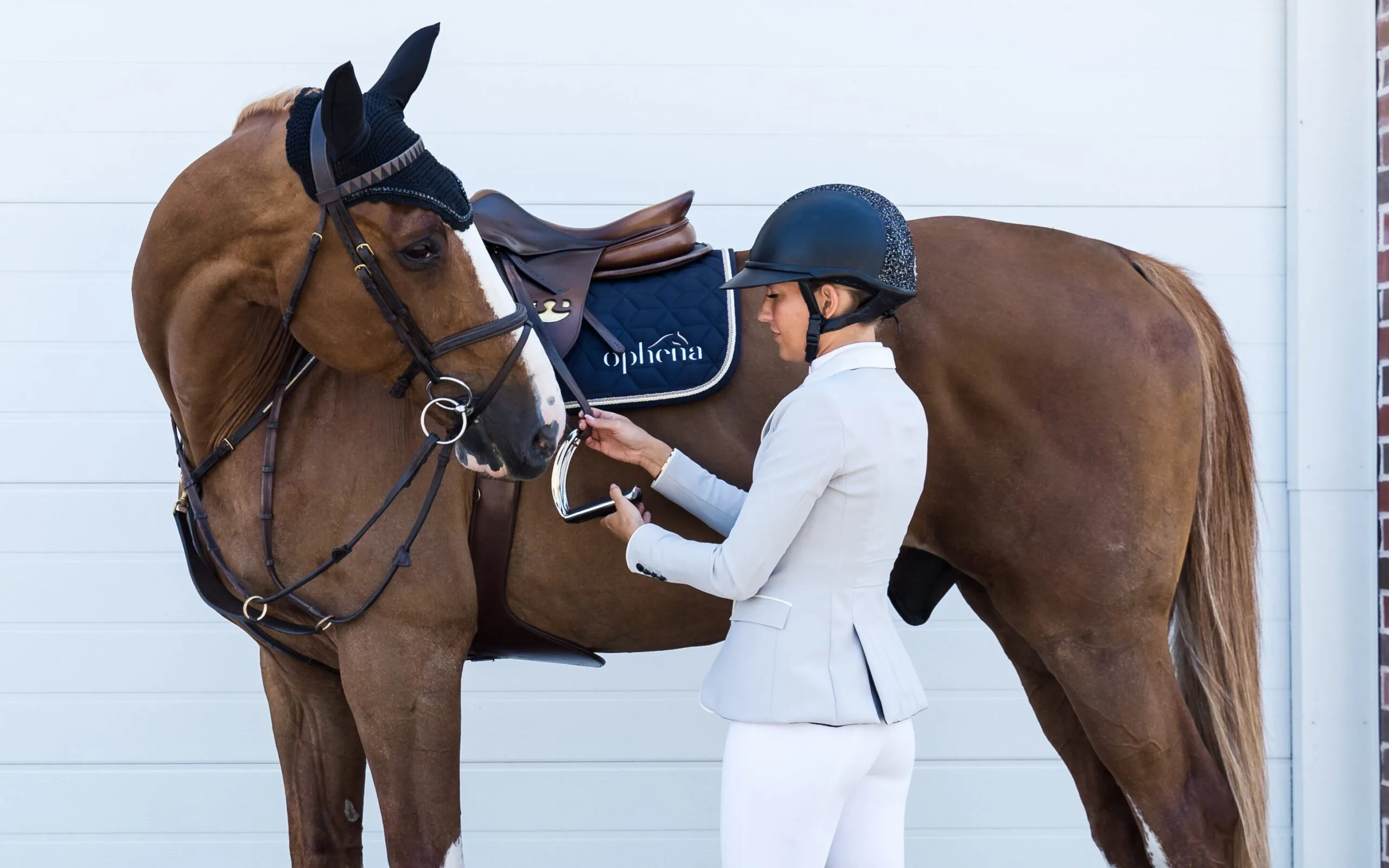The Art of Riding Exploring English Saddles

English saddles are more than mere riding equipment; they represent a timeless tradition of elegance and precision in equestrian sports. Rooted in centuries of history and refined through the ages, these saddles are an embodiment of sophistication and the pursuit of excellence in riding. In this comprehensive guide, we will delve into the world of English saddles, from their historical significance and anatomical features to the various types available and how to choose the perfect saddle to match your riding style and goals.
A Rich Heritage of English Riding
Elegance and Finesse English riding stands as a testament to the grace and precision of equestrian sports. Rooted in European aristocracy, it reflects a refined approach to horsemanship. English saddles, in particular, encapsulate this tradition where form and function coalesce seamlessly.
A Glimpse into History The design and purpose of English saddles have evolved over centuries, responding to the needs of riders across various equestrian disciplines, including dressage, show jumping, eventing, and fox hunting. English saddles symbolize the classic riding style and the relentless pursuit of perfection in equitation.
Anatomy of English Saddles
Understanding the key components of an English saddle is crucial for choosing the right one:
Saddle Tree The saddle tree forms the core structure of the saddle, dictating its shape and support. English saddles are built around a distinctive tree designed to establish close contact between the rider and the horse, facilitating precise communication.
Seat The saddle seat is where the rider sits, designed for a close and secure position. It typically features minimal padding and a narrow profile to enable riders to maintain direct and sensitive communication with their mount.
Panels Beneath the seat, panels provide cushioning between the horse’s back and the rider. Filled with materials like foam or wool, these panels ensure comfort and even weight distribution.
Flaps Flaps, extending from the sides of the saddle, cover the stirrup bars and provide a gripping surface for the rider’s leg. They come in varying lengths and angles to accommodate diverse riding styles and needs.
Stirrup Bars Located under the flaps, stirrup bars serve as attachment points for the stirrup leathers. Their design aims to maintain the rider’s leg position and balance.
Girth Straps Girth straps, also known as billets, are affixed to the saddle to secure the girth, ensuring the saddle remains in place. English saddles typically feature three billets on each side, allowing for flexibility in girth placement.
Types of English Saddles
English saddles come in various styles, each tailored to specific riding disciplines:
Dressage Saddle Dressage saddles are designed for the precision and elegance of dressage riding. They feature deep seats, long, straight flaps, and a close-contact design that empowers riders to execute intricate movements with utmost precision.
Jumping Saddle Jumping saddles are tailored for show jumping and eventing, emphasizing rider stability and security during jumps. They feature a forward-cut design, shorter flaps, and a shallow seat, allowing riders to maintain a two-point position while clearing obstacles.
All-Purpose Saddle All-purpose saddles offer versatility, catering to riders who engage in a variety of disciplines. They strike a balance between the deep seat of a dressage saddle and the forward seat of a jumping saddle, making them suitable for both flatwork and jumping.
Choosing the Perfect English Saddle
Consider Your Riding Discipline Your chosen discipline significantly influences your saddle selection. Whether your focus is on dressage, show jumping, eventing, or a combination of these, it’s vital to choose a saddle that aligns with your specific riding goals.
Evaluate Saddle Fit Ensuring proper saddle fit for both horse and rider is paramount. The saddle tree should conform to the horse’s back shape, while the saddle should provide a comfortable and balanced seat for the rider.
Material and Quality Invest in a high-quality saddle constructed from durable materials, such as leather. Craftsmanship and material quality directly impact the saddle’s durability and performance, ensuring it stands the test of time.
Flap Length and Style Consider the flap length and style that suits your riding preferences and leg position. Dressage riders typically prefer longer, straight flaps, while show jumpers often opt for shorter, forward-cut flaps that provide greater freedom of movement.
Girth System The girth system of the saddle is a critical factor to consider. It may feature traditional billets or a modern monoflap design. Your choice should align with your riding needs and girth preferences.
Caring for Your English Saddle
Proper saddle care is essential to preserve its beauty and performance. Regular cleaning, conditioning, and storage in a cool, dry place will help maintain your English saddle in excellent condition, ensuring it continues to serve you and your horse for years to come.
Conclusion
English saddles transcend the status of mere riding equipment; they epitomize the art and tradition of English riding. Whether you are a dedicated dressage enthusiast, an avid show jumper, or a proficient eventer, the perfect English saddle is your gateway to this rich equestrian heritage. Choose your saddle wisely, and embark on your journey of equestrian elegance with the confidence that you are equipped with the finest in saddle craftsmanship, style, and precision.
